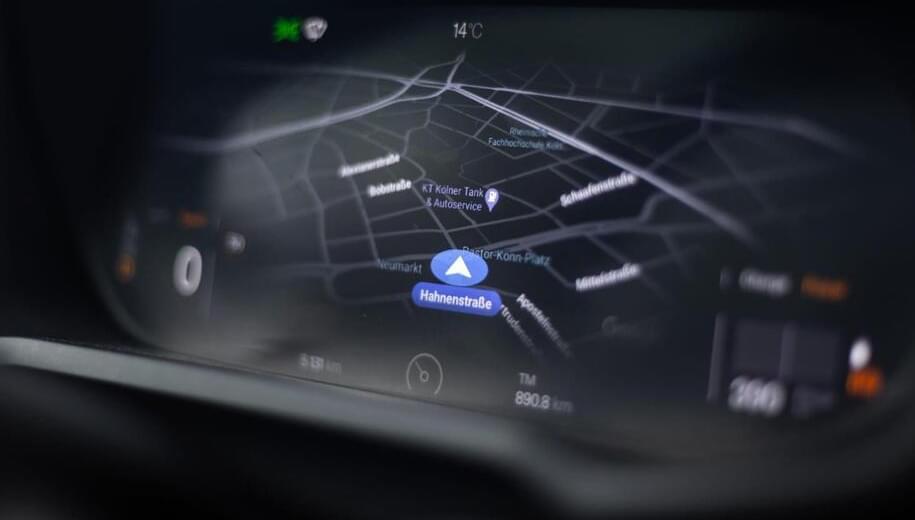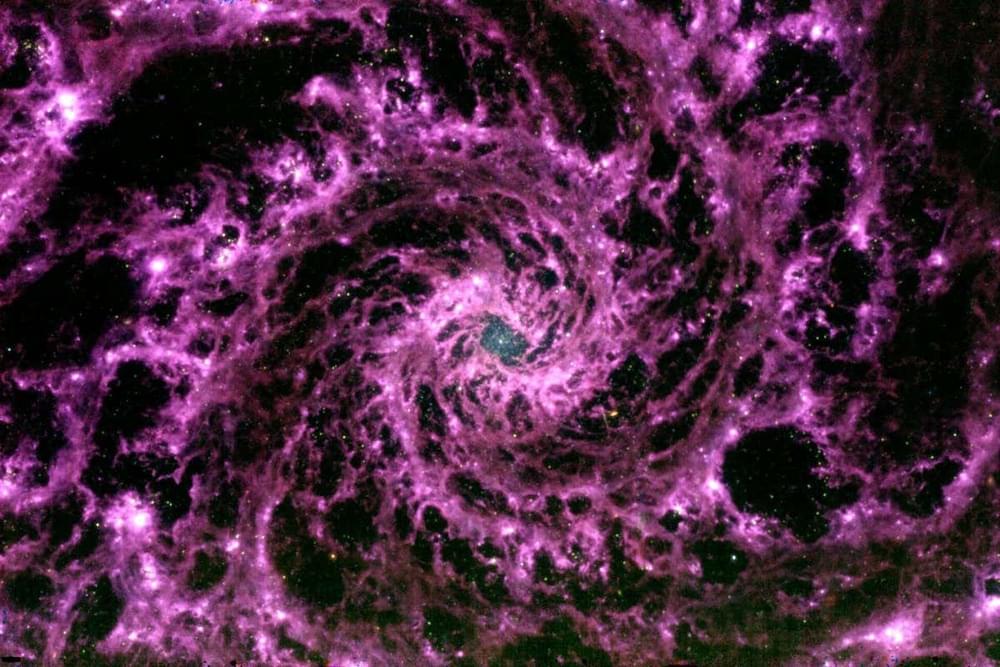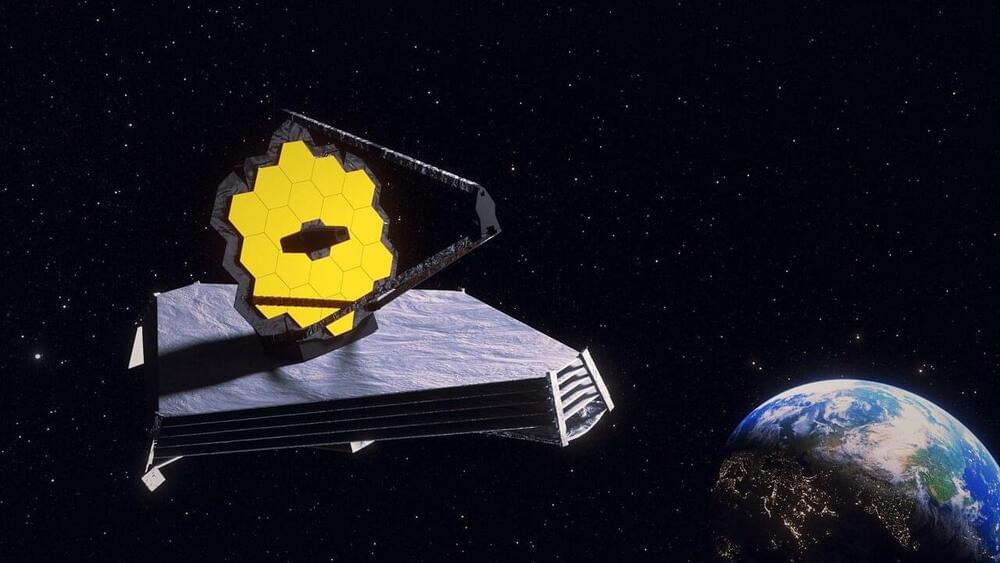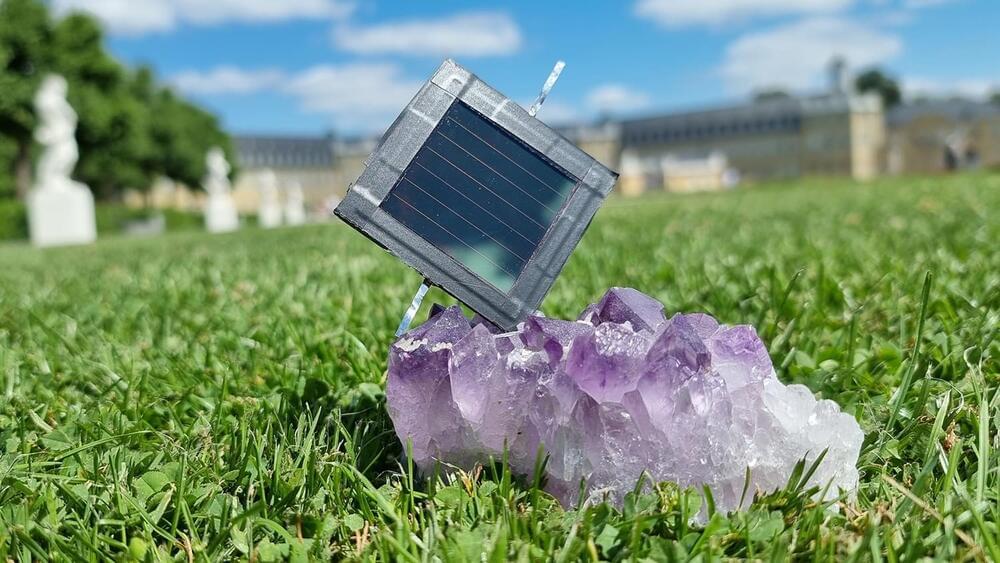Vulnerability researchers have found security issues in a GPS tracker that is advertised as being present in about 1.5 million vehicles in 169 countries.
A total of six vulnerabilities affect the MiCODUS MV720 device, which is present in vehicles used by several Fortune 50 firms, governments in Europe, states in the U.S., a military agency in South America, and a nuclear plant operator.
The risks stemming from the findings are significant and impact both privacy and security. A hacker compromising an MV720 device could use it for tracking or even immobilizing the vehicle carrying it, or to collect information about the routes, and manipulate data.








